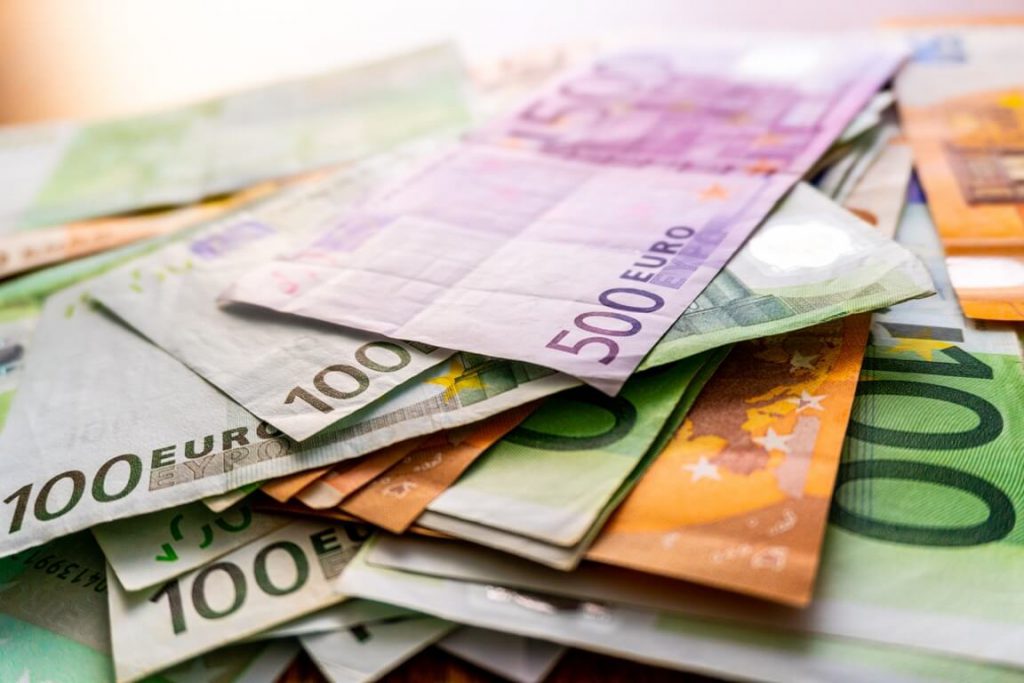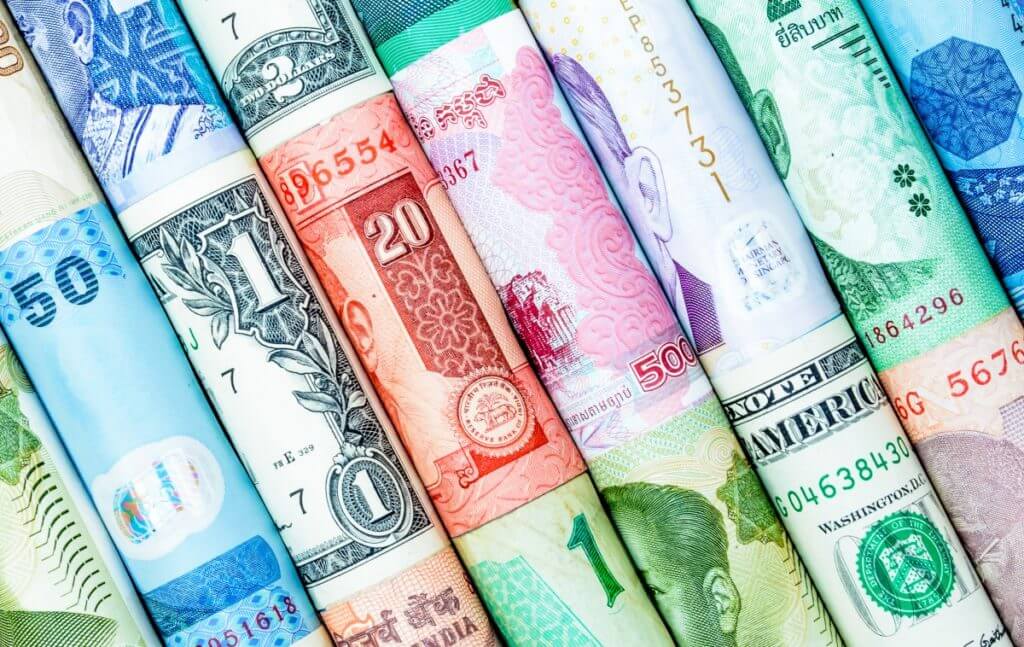
Euro rallies along with Yen. What about USD? – Market Wrap
The Japanese Yen seems ready to snap a nine-week losing streak on Friday thanks to a weakening risk sentiment. At the same time, another Wall Street selloff caused flight-to-safety bids to the greenback, which remained near 20-year highs. The U.S. dollar recovered a little ground on the Yen. The Japanese currency traded at 128.9 per dollar at last after plunging to a two-week low of 127.5 overnight.
Despite that, the dollar is still lower by 1.2% against the Yen this week. This is the first week of its decline since early March. The euro has also tumbled down by 2.6% versus the Yen this week. It’s experiencing its biggest drop since early March. The single currency has been a major victim of the market’s risk-off mood.
Alan Ruskin, the macro strategist at Deutsche Bank, noted that the Yen is perhaps the most obvious signal of a shift from a world where risk was resilient (Yen negative) and yields were dominant to a world this week where the dominant force is sour risk appetite and it’s driving yields lower (Yen positive).
On Friday, the benchmark U.S. 10-year yield stood at 2.8877%, slightly higher. However, it’s still sharply low from Monday’s high of 3.203%. U.S. yields jumped at a time when the Bank of Japan was trying to keep Japanese benchmark yields pinned down. That caused the Yen to tumble down.
Currently, traders are moving towards safe-haven assets, though. They fear that central bank rate hikes may constrain inflation. Such action could hit global economic growth while MSCI’s gauge of stocks plummeted worldwide to its lowest level since November 2020.
Euro has traded in the red for some time now. How is it faring now?
The common currency soared by 0.16%, exchanging hands at $1.0394 on Friday. It’s holding above its 2017 low of $1.034 thus far. Thanks to the declining euro, the dollar index remained at 104.63, slightly lower than its overnight 20-year high of 104.92.
On the other hand, the British Pound plunged to $1.2221 today. On Thursday, data showed Britain’s economy shrank in March unexpectedly, causing the decline. The Aussie dollar also fell to $0.6886. Even though U.S. futures and Asian shares edged a little higher on Friday, economists saw little sign of a broader recovery.
Traders are still assessing how aggressive the U.S. Federal Reserve’s policy will be after the U.S. central bank hiked its benchmark overnight interest rate by 50 basis points last week. It’s the largest hike in 22 years. According to CME’s FedWatch Tool, expectations are completely priced in for another increase of at least 50 basis points at the central bank’s June meeting.
What about the EM currencies?
Asian markets were mixed on Friday as investors contemplated the effects of rapid acceleration in consumer prices on the global economy. However, Malaysia’s ringgit posted marginal gains after positive economic growth data.
On Friday, the Singapore dollar climbed up by 0.2%. But the Philippine peso tumbled down by 0.1%. Even though Malaysia’s ringgit had begun the day lower, it managed to edge up by 0.1% after the release of the GDP data. As of 0602 GMT, the currency exchanged hands marginally higher at 4.391 to the U.S. dollar.
Malaysia announced that its GDP soared by 5% over the first quarter. That’s higher than economists’ expectations. The lifting of coronavirus restrictions bolstered economic activity. As a result, Malaysian stocks also jumped by 0.8%.
Forex markets were still weighing Wednesday’s high inflation report from the United States. Fed Chair Jerome Powell stated that the policy effort against inflation would include some pain. He also reiterated his support for two consecutive 50 basis point increases. Singapore yields surged by 50 basis points to 2.776%.
Meanwhile, India’s rupee added 0.1% a day after it plunged to a record low and prompted its central bank to intervene. The latter had to sell 700 million dollars to keep the local currency afloat. Late on Thursday, India also reported that consumer prices rose by 7.79% for the fourth consecutive month. That’s well over the 6% upper limit of the central bank’s tolerance range.
Stocks in India tracked broader Asian sentiment, gaining 0.8% after a sharp selloff earlier in the week. Indonesia’s rupiah decreased by 0.1%. According to a finance ministry official, the economy will grow 5% this year, despite high inflation, thanks to higher exports.



